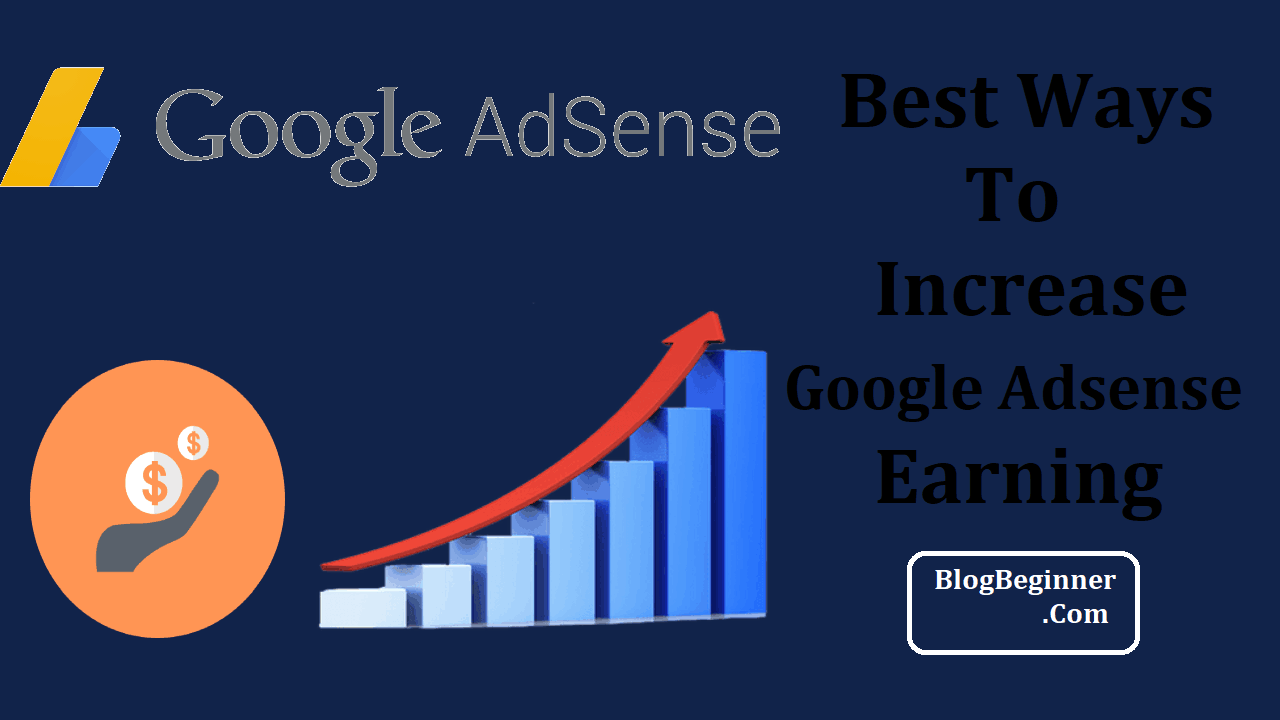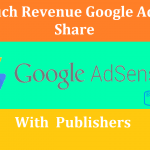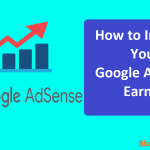Using Google AdSense is a good way to monetize your blog or website. This is one passive way to earn money online, and if you want to earn more, there are specific strategies that you can follow.
Perhaps you have already heard the “fact” that your revenue from blogging is highly influenced by the volume of traffic you attract. This is not absolutely true when you are using AdSense for your blog.
There are actually several factors that can affect your income from AdSense. This includes Cost Per Click (CPC), traffic source, type of ad, and placement of ads.
Be sure to keep an eye on your CPC if you are doing keyword research. In using AdSense, you can benefit a lot if your CPC is higher. The number of keywords and clicks on your ads tend to be higher if you are targetting high CPC.
Contents In Page
Recommended Tools for Higher AdSense Revenue
There are numerous tools available online that you can use to help you increase your AdSense revenue. For example, SEO tools such as Semrush can help you find keywords that can land you high CPC.
On the other hand, you should also consider AI tools such as Ezoic that can help you manually test the ad size and ad placement. Using AI, this tool can help you test with ads for better user experience (UX).
Better UX will make it easier for your site to navigate thus more readers will stay longer. This can help you earn more revenue from AdSense. Remember, good UX can help the on-page SEO that further helps you to land a higher page rank.
Ad Size and Ad Placement
The size and placement of your ads can affect your clickthrough rates (CTR). It is ideal to place your ad above the fold and around the content.
Numerous case studies and split tests show that ads placed above the fold perform better compared to ads that are placed below the fold. You should also try to blend the ads with your blog design.
Most bloggers also ignore the value of link-based ads. You can place link-based ads on the navigation bar in the header. Be sure to optimize these ads properly so they will not affect the CTR of your main ads.
It is best to keep the AdSense heat map in your mind when you are designing your blog or website for AdSense revenue. With this, you can easily create themes that are optimized for AdSense.
When it comes to the size of your ads, below are the ideal formats:
160×600
728×90
300×250
336×280
Website Traffic
Traffic from search engines can contribute to the high performance of your AdSense ads. Moreover, advertisements that are interest-based may not perform well if you are attracting more direct traffic.
Many bloggers are getting high impressions per month but still, they get low CPC and their AdSense income is also low. This is usually because of CPC and traffic sources.
The best way to end up getting high CPC is to start targetting traffic from countries such as the USA, Canada, the UK, and Australia.
Be sure to review effective on-page SEO strategies to help you attract high-quality traffic.
Make Ads More Relevant with Section Targeting
Remember, Google AdSense operates on a contextual algorithm, which means the ads work according to the content of your page. Therefore, the advertisements shown through the platform must be relevant to the content of your blog or website and the interest of your audience.
One tactic you can do to ensure this is to include section targeting. This involves adding two lines of code before and after your content, which helps you to target the ad based on your content.
Include Ads Between Posts
Another way to increase your revenue from AdSense is to configure your ads so they will match with the colors of your page then insert text link or image ads in between posts. Just be sure that you don’t compromise UX for your readers. Also, add enough space between the content and ads so you will still adhere to Google AdSense policies.
Text or Image Ads
Many bloggers believe that image ads are more lucrative than text ads. But you should take note that if you block an ad category or a type of ad, you may decrease the competition on your ad, and this may also affect the ad CPM. It is best to use both types of ads but find the right balance.
Placement Targeting
Placement targeting is one strategy that is often ignored by online content producers. Take note that when you are building a channel, you need to add more information about the type of advertisements you allow, and then place your ads for auction in the AdSense market by enabling placement targeting.
This will increase the competition, which will increase the value of ads on your site. Take note that you should enable this manually for each channel you have.
Category Blocking
This feature is easier to use in the new interface of Google AdSense. You can easily see specific ad categories that are poorly performing, and you can choose to block these categories.
It is ideal to block the categories with low earnings percentage but good impression percentage. You can also configure this through your “block” and “allow” ads page.
URL Blacklisting
There are numerous advertisers that will pay you minimal for each click. It is ideal to monitor ads that are poorly performing then block their URLs. Most bloggers who have done this technique experienced around 10% increase in their AdSense revenue. Don’t forget that you can also block ads from your competitors to be shown on your website.
Ad Testing
These techniques can help you out especially if you have been running Google AdSense and you want more revenue from the platform. It will help you a lot if you can test different things and check what works best for your blog. You may experiment with different ad sizes, and see which size can generate more CTR.

![How To Increase Google Adsense Earning & CPC [Method Inside] How To Increase Google Adsense Earning And CPC](https://www.blogbeginner.com/wp-content/uploads/2019/01/How-To-Increase-Google-Adsense-Earning-And-CPC-150x150.png)






